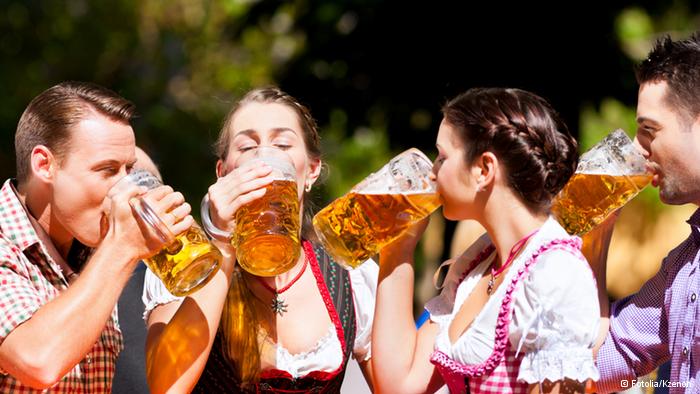Stuttgart's Markthalle
/
When I found out I would be moving to Germany, the first thing I panicked about was food. Or specifically, ingredients. Germany’s food scene is not famous for being anything, but, well, German. I had terrifying images of being able to buy only German ingredients to make dishes like Rostbratwurst and Kasespaetzle. It was horrifying.
You see, I love to cook. Mostly because I love food. I’m self-taught, which was born out of necessity when I was a poor student. I couldn't afford to eat out at the delicious restaurants the Bay Area had to offer. So I learned to replicate the dishes I loved at home. As a result, I mostly cook Thai, Mexican, Vietnamese, Indian, and Chinese dishes, with a bit of “new American” thrown in. These are the cuisines I love the most. And I was really afraid I wouldn't be able to source the authentic ingredients I needed to make these dishes taste right in Southwestern Germany, which doesn't host large populations of immigrants from those regions compared to the San Francisco Bay Area.
I shouldn't have worried. Stuttgart has a haven for international foodies, and it’s called the Markthalle. Luckily for us, it’s just an amazing place to shop.
Markthalle exterior
The first time I entered the historic, art-deco building, with it’s innovative curved glass roof and dozens of gourmet food stalls, I likened it to San Francisco’s famous Ferry Building marketplace. My husband rightfully pointed out that the Ferry Building was more likely modeled on traditional indoor European marketplaces than the other way around. Point taken. That said, the atmosphere and offerings are anything but staid traditional German food. The variety and quality of products are more in line with markets in world-class, international, modern cities.
Glorious, expensive produce.
Need some fancy French or Italian cheese? Four different stalls have you covered, at prices that are quite reasonable compared to the U.S. The produce selection is both beautiful and amazing, but since many of the exotic fruits are imported (Germany has no warm-weather growing regions like California or Florida) the American shopper might experience a bit of sticker shock.
For the conscious omnivore, there’s organic and free-range butcheries, and a large selection of cured meats and yes, wurst to choose from. Fresh French and Germany-style breads are also on offer, as a truly mouthwatering selection of truffles,stuffed dates, cakes, and pastries.
For those with international taste buds, there are stalls that focus on Spanish, Greek, Turkish, and Eastern European delicacies - many of which will be unfamiliar to even the most well-traveled American. Happily for me, the Spanish booth also sells a good range of authentic Mexican products including dried chilies, black beans, and the best handmade tortilla chips I've had in Germany. There’s also a spice booth that sells a large supply of key Asian ingredients from all over the continent. Rounding out the supply are upscale wine stores, “made in Stuttgart” products, and a fishmonger.
Being exposed to all this amazing-looking food can work up an appetite, so luckily there area several restaurants the occupy the periphery of the Markthalle as well. When you visit, don’t forget to check out the exterior of the building, which is covered with colorful murals and fanciful sculptures of chameleons.
The Markthalle - inside, and out - is a regular part of the Stuttgart Steps tour. If you’re visiting on your own, it’s most convenient to the Charlottenplatz and Rathaus U-bahn stops.






